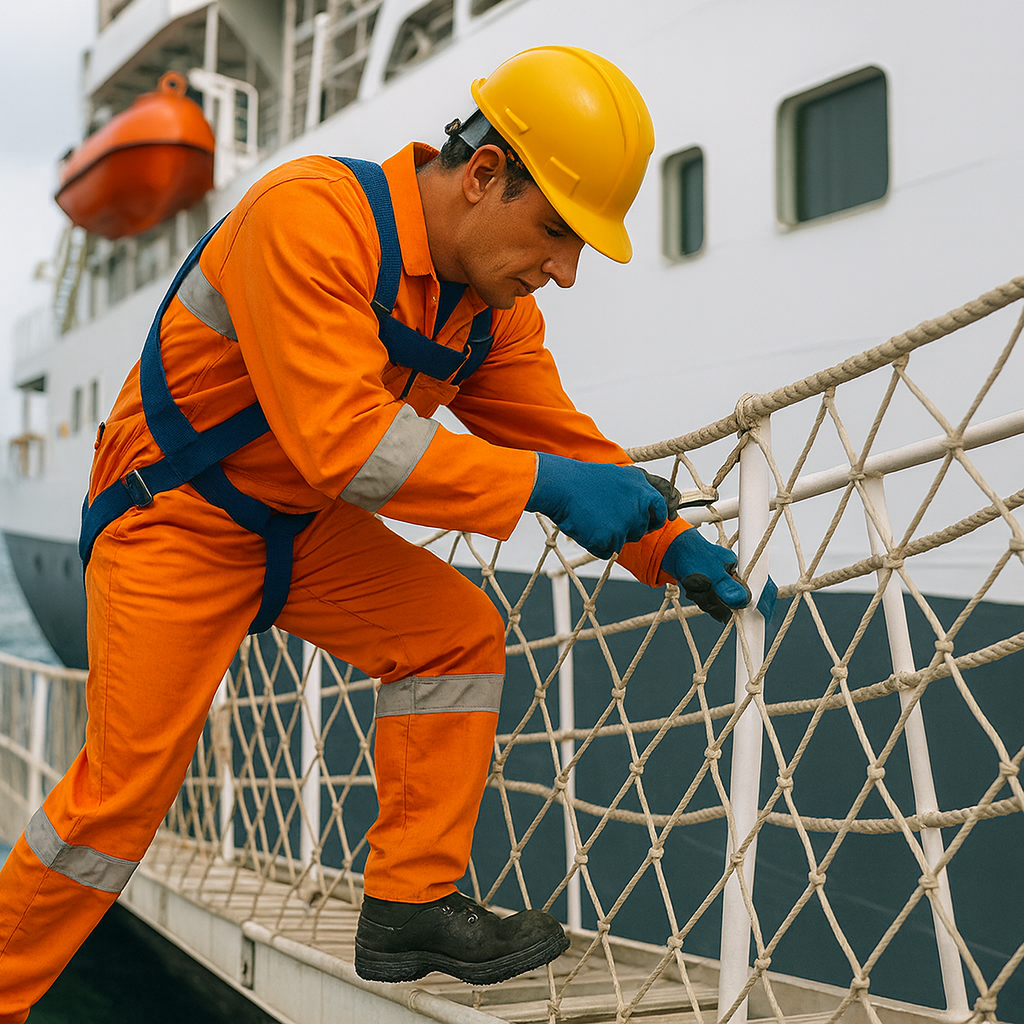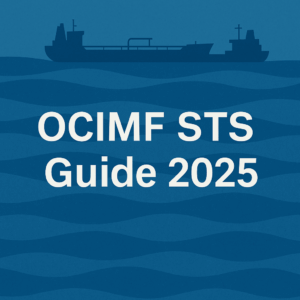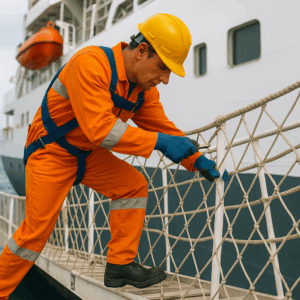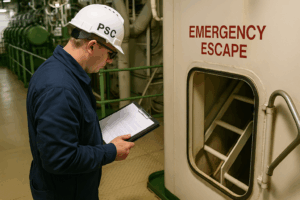The safety of crew and visitors during embarkation and disembarkation is a critical aspect for shipowners, operators, and masters. In recent years, international standards for accommodation ladders, shore gangways, and winches have been updated to provide clearer requirements and improve alignment with global safety practices.
Applicability of Standards
The applicability of international ISO standards now depends on the ship’s construction date and the installation date of the equipment:
- For ships built or with equipment installed before 1 July 2026, earlier versions of ISO standards remain applicable.
- For equipment installed on or after 1 July 2026, the revised ISO standards will apply, introducing more stringent requirements for design, maintenance, and testing.
- For older vessels (constructed before 2010), compliance is required as far as reasonable and practicable, taking into account technical feasibility.
New Definitions
Two important clarifications introduced by the revised framework are:
- “Installed on or after 1 July 2026”: clarifies when equipment is considered newly installed (shipbuilding contract date, keel laying, or equipment delivery date).
- “Safety Net”: a net rigged between the ship’s side and the means of embarkation/disembarkation to prevent a person from falling overboard or onto the quay.
Mandatory Safety Practices
- Crew members must wear life jackets and safety harnesses when rigging accommodation ladders, gangways, and safety nets.
- “Side nets” may now be used as an alternative to a full safety net, provided that adequate protection is ensured by a rigid top railing (minimum 1m height) combined with side nets covering the ladder or gangway platforms.
- Safety nets and side nets must be regularly inspected, maintained, and replaced when necessary, and stored properly to avoid damage from sunlight or chemical exposure.
Testing of Ladders and Gangways
The revised framework provides clearer guidance on testing requirements:
- Five-yearly tests of accommodation ladders and gangways must be performed statically using the maximum working load.
- For accommodation ladders, the winch must also be operationally tested by raising and lowering the unloaded ladder.
- Tests should be performed with the ladder or gangway in the horizontal position, with the ladder suspended by its wires and supported by the winch.
What Shipowners and Operators Should Do
Shipowners, operators, masters, officers, and manufacturers should:
- Familiarise themselves with the revised requirements.
- Ensure crew are trained and instructed in the new safety practices.
- Update maintenance and testing schedules to align with the revised standards.
👉 At Marine Surveyor Consultant, we support shipowners and operators in assessing compliance, reviewing maintenance records, and preparing vessels for inspections. Our team provides practical guidance and independent verification to ensure safety, efficiency, and readiness in line with the latest international requirements.
📩 Contact Marine Surveyor Consultant today to schedule a compliance review and ensure your vessels are fully prepared for the upcoming standards.






